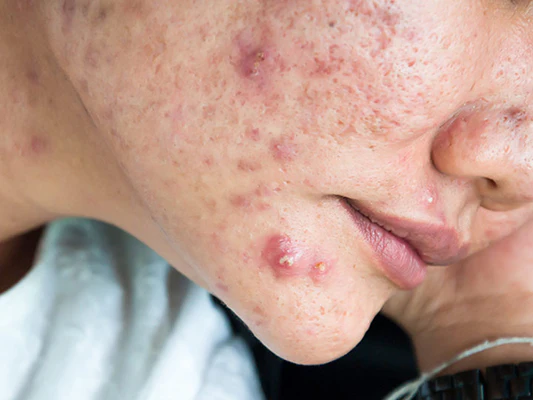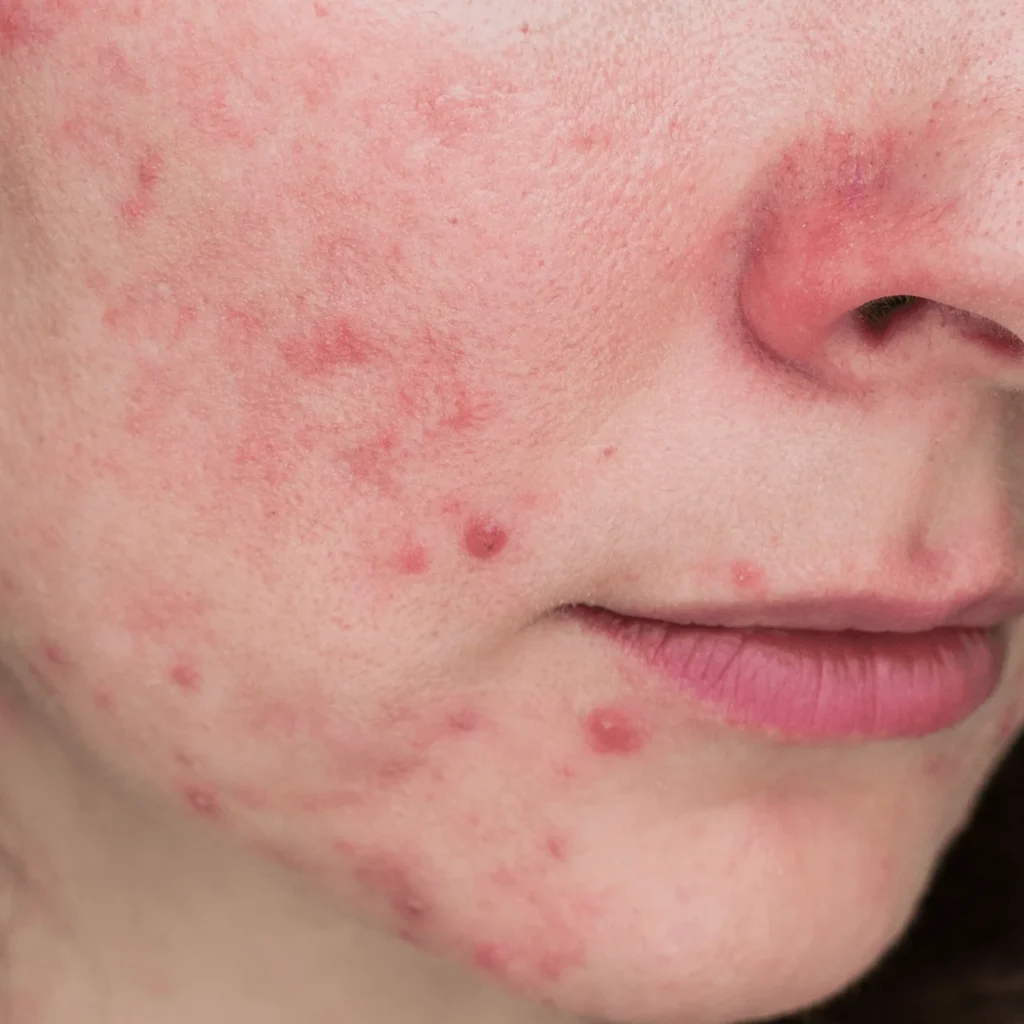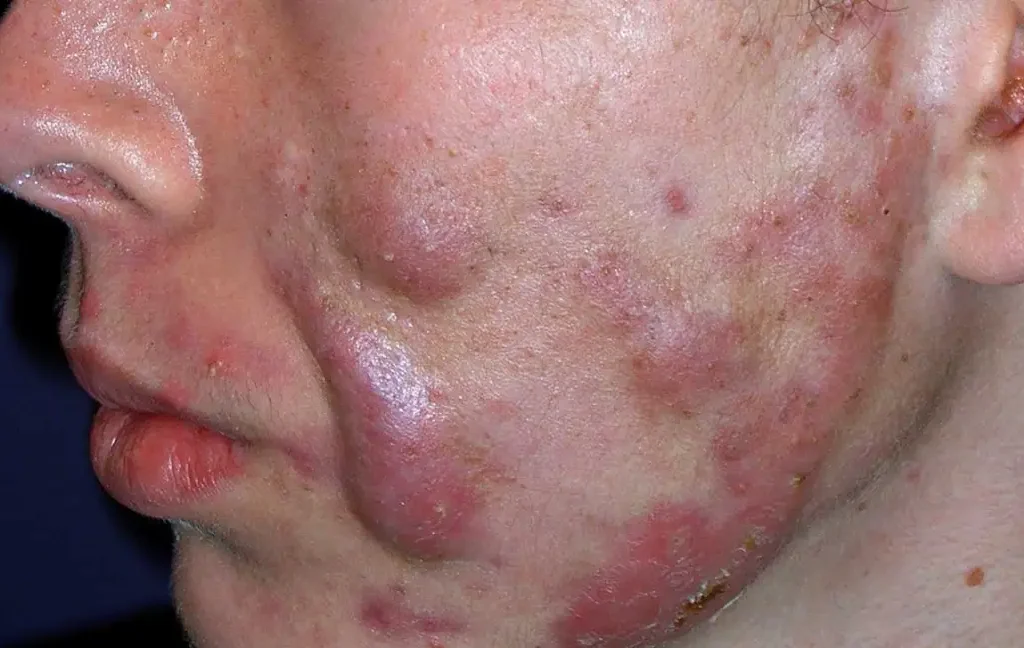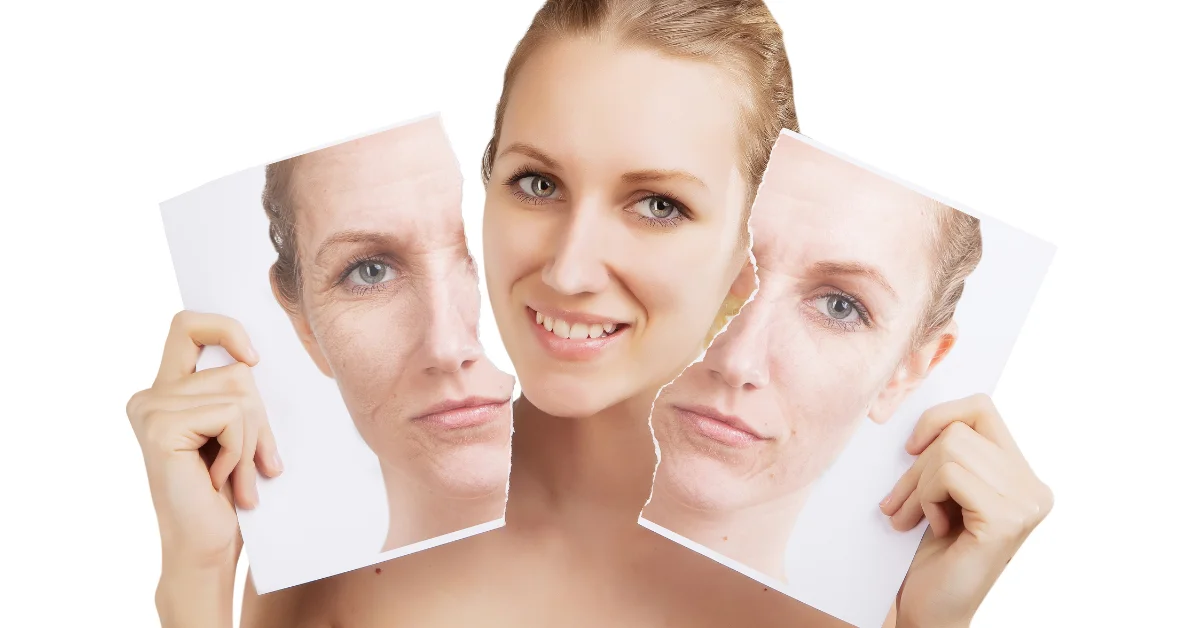Anyone who’s experienced the distress and discomfort of acne can attest to how it can impact self-confidence. However, acne is not a one-size-fits-all condition. It manifests in different types, each with their unique triggers and treatments. This detailed guide aims to shed light on the worst types of acne, their causes, and how to effectively treat them to restore your skin’s health.
Before we delve into the different types of acne, let’s explore what acne is. Acne is a common skin condition that occurs when your hair follicles, or pores, become clogged with oil and dead skin cells. This blockage can result in blackheads, whiteheads, or pimples. While acne is most common in teenagers, it can affect people of all ages.
1. Cystic Acne: A Deep-Rooted Problem
Cystic acne, known as the most severe form of acne, is characterized by the presence of large, painful cysts or nodules that form deep within the skin. These blemishes are more than just surface level issues; they’re rooted in your skin’s deepest layers, resulting in significantly painful, inflamed bumps that are prone to scarring.

Causes of cystic acne can vary but are often linked to hormonal imbalances, which can cause your oil glands to go into overdrive, producing an excess of sebum. Other potential triggers include stress, which can exacerbate the skin’s oil production, and certain dietary factors, such as consumption of high glycemic foods or dairy.
How to Cure: Treating cystic acne requires a comprehensive approach due to its severity. Oral medications such as isotretinoin are commonly used to reduce the skin’s oil production. Antibiotics, either topical or oral, are employed to combat the bacteria that exacerbate the condition. Hormonal treatments can also be beneficial, especially for women who experience acne flares linked to their menstrual cycle. Furthermore, professional medical procedures such as laser therapy, corticosteroid injections, or surgical drainage and extraction may be recommended to reduce inflammation and prevent scarring.
2. Nodular Acne: The Hard Truth
Nodular acne, similar to cystic acne, forms hard, painful lumps beneath the skin’s surface. Unlike cystic acne, these lumps, or nodules, are completely solid and can persist for weeks or even months without proper treatment. This type of acne arises when excess sebum and dead skin cells clog pores, fostering the growth of acne-causing bacteria.

How to Cure: Given the stubborn nature of nodular acne, over-the-counter treatments often prove insufficient. The most common treatment involves the prescription drug isotretinoin. Additionally, topical retinoids can help by accelerating the skin’s cell turnover and reducing pore-clogging dead skin cells. Antibiotics may also be employed to address the bacterial component of acne.
3. Papulopustular Acne: The Red and White Attack
Papulopustular acne, often simply referred to as inflammatory acne, presents itself as a mix of red bumps (papules) and whiteheads (pustules). It’s usually the result of hormonal fluctuations, such as those occurring during adolescence, or increased oil production.

How to Cure: Over-the-counter treatments containing active ingredients such as benzoyl peroxide or salicylic acid can be effective in managing papulopustular acne. For more severe cases, prescription medications such as retinoids, antibiotics, or hormonal treatments may be recommended.
4. Acne Conglobata: The Severe Interconnected Network
Acne conglobata is a rare but severe form of acne that tends to affect men more than women. This condition is characterized by the presence of large, interconnected nodules under the skin, leading to severe inflammation, deep abscesses, and significant scarring.

How to Cure: Due to the severity of acne conglobata, aggressive treatment is typically necessary. Oral isotretinoin is the primary treatment of choice. However, in some cases, systemic steroids may also be needed to reduce inflammation.
FAQs
Yes, diet can play a role in acne. Some research suggests that certain foods, especially those high in sugars and fats, can contribute to acne. Furthermore, dairy products have been linked to acne in some people, although the evidence is not definitive.
Stress can indeed influence acne. It can trigger hormonal changes that lead to increased oil production, which can cause or exacerbate acne. Managing stress through techniques like mindfulness, yoga, or regular exercise can potentially help manage acne.
While acne can be effectively managed with proper treatment and skincare, there is currently no definitive cure that guarantees it will never return. However, many people see significant improvements in their skin with appropriate treatments and lifestyle changes.
Conclusion :
Acne is a complex condition with many faces, each requiring a distinct approach to treatment. Recognizing the type of acne you’re dealing with is the first crucial step toward crafting an effective treatment plan. It’s always recommended to consult with a dermatologist for a personalized plan, as what works best will vary based on your skin type, lifestyle, and the severity of your acne.
While dealing with acne can be frustrating and disheartening, remember that every skin journey is unique. Patience, consistency, and the right treatments can ultimately lead to clearer, healthier skin. Please note, always consult with a healthcare professional before starting any new treatment.
At Shujo Aesthetics,we offer bespoke treatment for acne and acne scars.For more information,click here or give us a call at 07597654180








